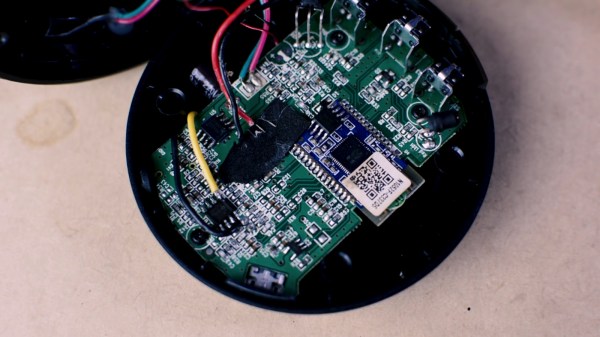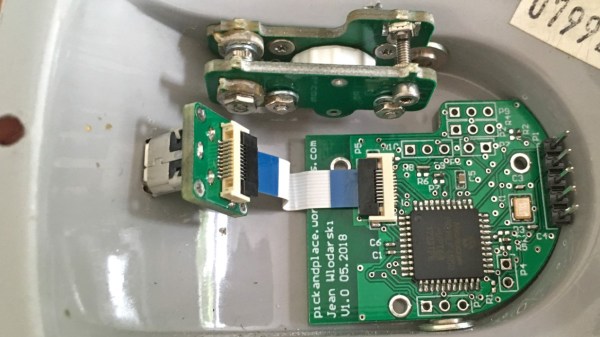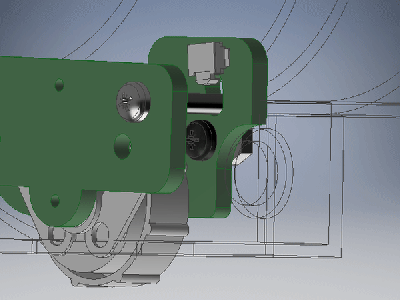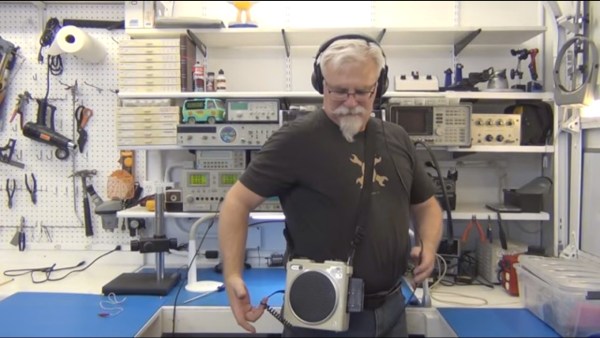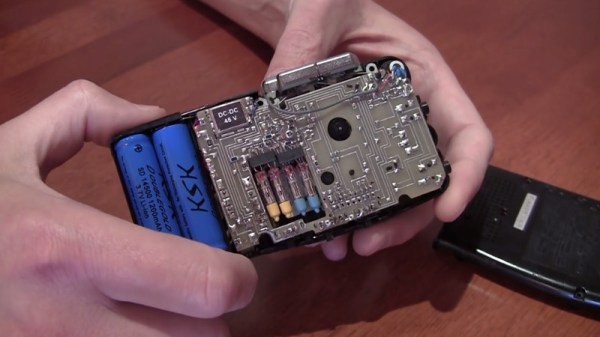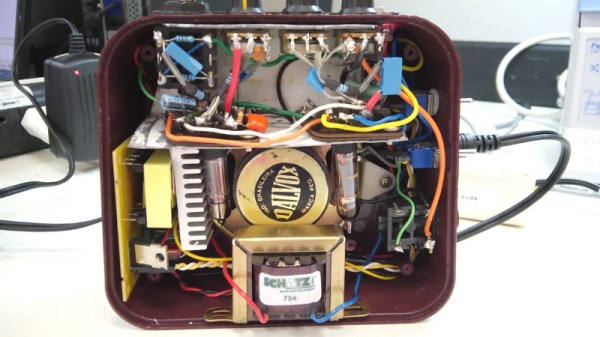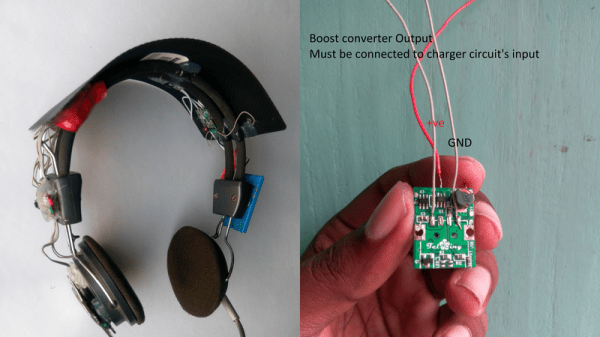Cheap Bluetooth speakers come in all different kinds of shapes and colors, and they let you conveniently stream music, for example from your mobile phone. For [mcmchris], they had one significant shortcoming though: while most of them come with some auxiliary input port as alternative audio source, they usually lack an audio output port that would let him route the audio to his more enjoyable big-speaker sound setup. Lucky for him, it’s a problem that can be fixed with a wire cutter and soldering iron, and so he simply turned his cheap speaker into a Bluetooth audio receiver.
After opening the speaker, [mcmchris] discovered a regular F-6188 Bluetooth audio module built around the BK8000L chip, with the audio jack connected to the chip’s aux input pins. Taking a close look at the PCB, the solution seemed obvious: cut the connection to the chip’s aux input pins, and connect the audio jack parallel to the audio signal itself. After some trial and error, the output pins of the on-board op amplifier seemed to provide the best audio signal for his shiny new output jack. You can see more details about the speaker’s inner life and a demonstration in the video after the break — in Spanish.
If the concept looks familiar to you, we’ve indeed seen a very similar approach to equip a Google Home Mini with an audio output jack before. The alternative is of course to just build a decent sized Bluetooth speaker yourself.
Continue reading “Turn A Cheap Bluetooth Speaker Into An Audio Receiver”

